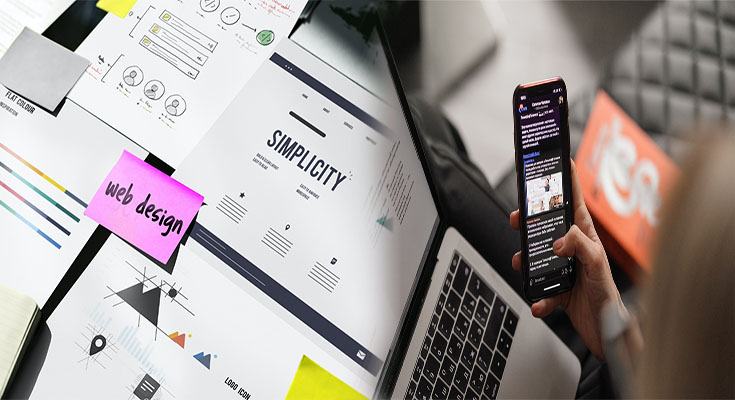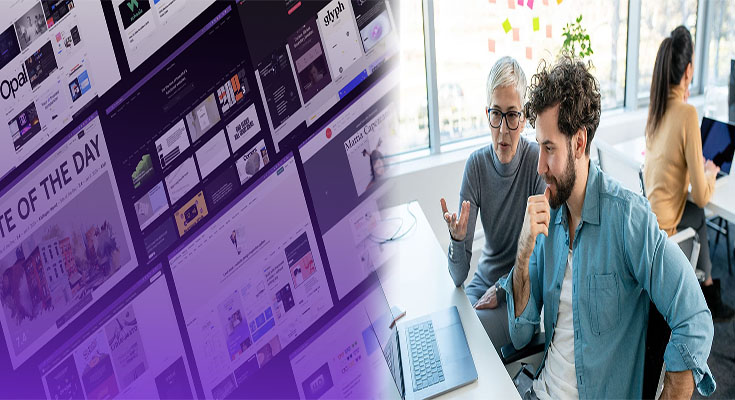
5 Reasons Why Businesses are Choosing Colocation Over Traditional Hosting
In today’s digital age, a robust and reliable IT infrastructure is no longer a luxury – it’s a necessity. Businesses of all sizes depend on their servers to operate efficiently, store critical data, and power their online presence. However, when it comes to choosing the right hosting solution, companies often face a problem: traditional hosting, it support london, or colocation?
Traditional hosting, particularly shared hosting, offers a convenient and affordable entry point. However, it comes with limitations in terms of control, security, and scalability. On the other hand, colocation provides a more hands-on approach, offering businesses greater control and flexibility over their IT infrastructure.
As a result, we’re witnessing a growing trend of businesses migrating from traditional hosting to server colocation. Here are five compelling reasons why:
1. Enhanced Security and Control
Data security is a paramount concern for every business. Traditional hosting often involves sharing server resources …
5 Reasons Why Businesses are Choosing Colocation Over Traditional Hosting CONTINUE READING >>>




